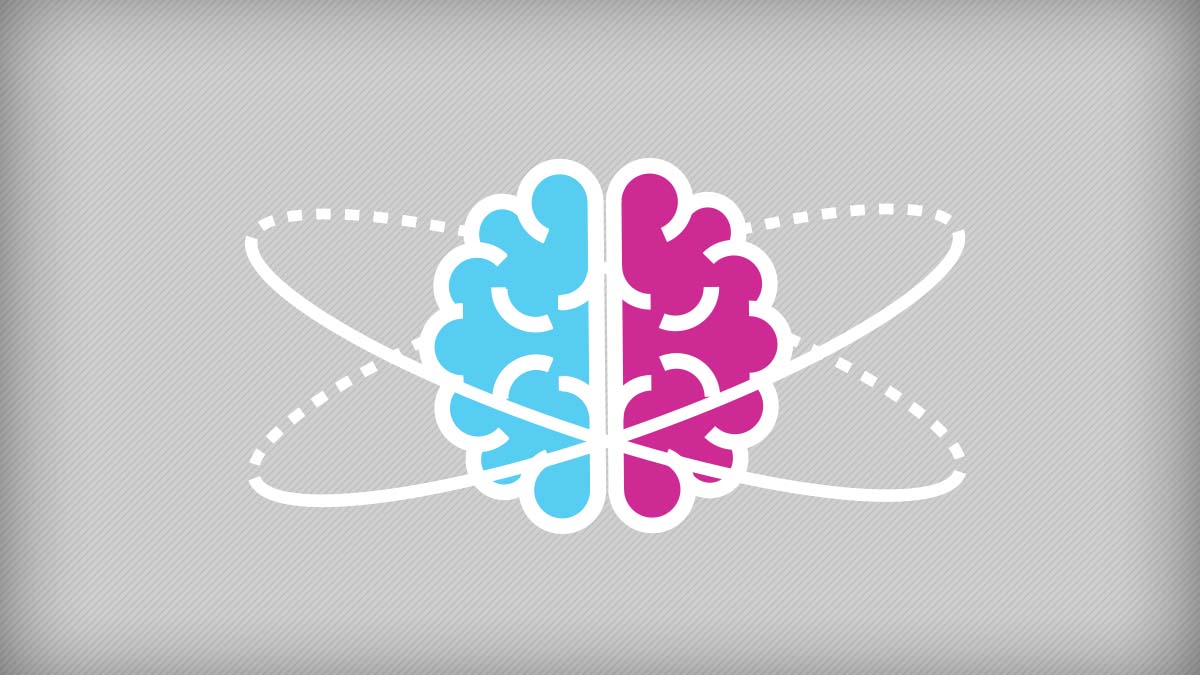Our agency is often engaged by clients to perform market research. However, much of the research that we do for clients falls under the heading of “empathy” research—a form of qualitative research that’s often associated with “design thinking,” as empathy is step one of five in the design thinking process. Approximately a dozen members of the Zion & Zion team have extensive experience in this area and form the core of our in-house empathy research team.
We’ve found over the years that many clients find empathy research to be hard to perform themselves, which is why they turn to us.
However, the reason that we’re good at empathy research is because we practice, and practice again, and keep on practicing—not just by taking on client projects, but by conducting internal exercises to build our team’s skills.
Some background information
That brings us to the point of this article, where we’re going to share the process and results of a recent empathy building exercise conducted by several members of our team in order to challenge our thinking, identify potential user frustrations, and capitalize on various gaps in the market.
We accomplished this by sending a handful of employees out to the Mill Avenue district in Tempe, Arizona—an upbeat street adjacent to Arizona State University, featuring a multitude of restaurants, bars, and shops, catering to students, professionals, and tourists.
Each Zion & Zion team member was provided with a designated persona and was told to go to lunch, experiencing everything—from travel to food choices—as their given persona would. Note that while some of our empathy research is based in interviewing audience members, some of it is more introspective, as it is in this case where our research team members acted on their own.
The assigned personas represented a wide range of demographics. Sometimes the persona aligned closely to the team member’s personal demographics, other times team members had to stretch their imagination and thinking to experience a persona far outside their own age and personal preferences.
The team and their given personas
Each team member had different experiences, depending on their given persona. Below, you can read about each member’s efforts to build empathy, the insights each team member generated, and the innovations that their experiences generated. Some team members recommended new mobile applications and features, others had more out-of-the-box ways to combat various user frustrations.
- Persona A, Kristi: 20-year-old student at ASU going for lunch (walking)
- Persona B, Brittan: 30-year-old woman meeting friends for lunch (driving)
- Persona C, Jennifer: 35-year-old employee going somewhere new for lunch (walking)
- Persona D, Caroline: 35-year-old employee going somewhere new for lunch (walking)
- Persona E, Taylor: 65-year-old tourist meeting friends for lunch (driving)
In conclusion
As was the intent, this exercise got various members of our empathy research team thinking. It allowed us to build empathy for users in various demographics and develop innovative recommendations to satisfy the frustrations of those users. The challenges, insights, and recommendations that were identified through this design thinking exercise may have not been brought to the team’s attention if we weren’t pushed to live out our designated personas.
Although our teams’ experiences apply to a local market, you can create similar insights and experiences and apply those to larger markets.
